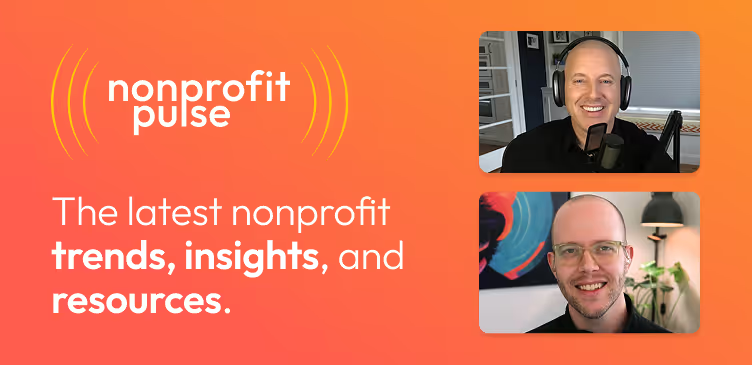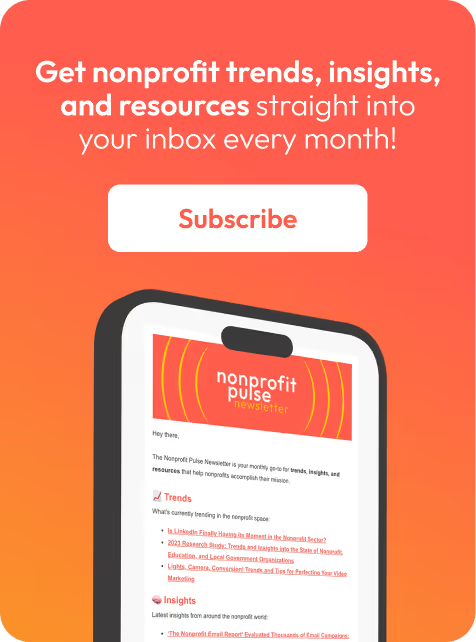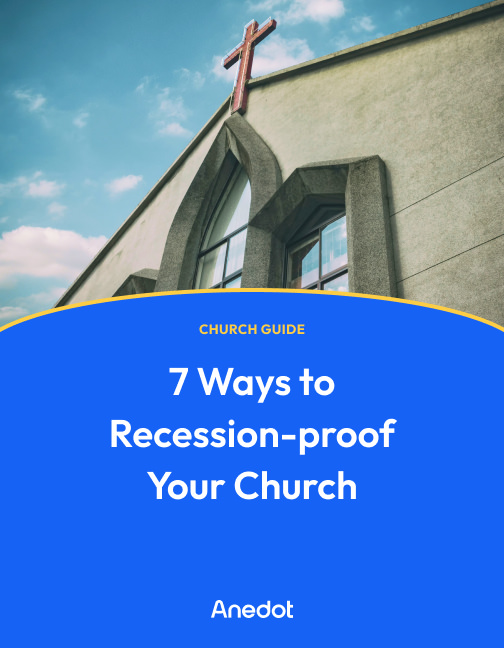Video transcript ↓
When collecting payments for your organization, there are various processes that occur.
There is the authorization of the payment from the donor, the communication between a donor's payment method and the organization collecting the payment, and then there's the transfer of funds from that donor's credit card or bank account to the organization's account.
Not to mention other processes including paying card association fees of 1.5-2.5% to American Express, Visa, or Mastercard, handling any void or refund requests, managing recurring donations, or using tokens to securely vault payment information so the donor doesn't have to re-enter it every time they give.
And that's just the start.
Truth be told, the payment processing industry is very complicated, and unfortunately, it leads companies to use creative marketing techniques in order to make their pricing look as low as possible, even though it may not be when you total everything up.
I know those are a lot of details to think about. But then again, there's a lot that goes into payment processing, and it can have a dramatic influence on your financial decisions and budget.
So in this video, we're going to take a dive deep into all of it, and at times get a little technical, so that your organization can be set up for success.
Ready to jump in? I'm Joseph with Anedot, and let's get into it!
The difference between online donation platforms and payment processors

When evaluating online donation platforms, here are a few things to consider:
There are many online donation platforms available to nonprofits, universities, and churches, but far fewer payment processors.
The difference between a donation platform and a payment processor is in their purpose.
A donation platform is typically used to build beautiful donation pages without knowing any code and to manage your data collected from these pages.
It may also include other marketing features like cart abandonment emails and pages that also collect leads.
Now, a payment processor is often much more complex and handles the processes mentioned before like moving money from a donor's payment method to an organization's account.
Most donation platforms are not payment processors. In fact, many of them use the same ones.
For example, Stripe is the largest payment processor in the world and is used by many fundraising platforms.
While large payment processors are excellent at fraud prevention, there are more layers to consider.
You see, because there are so few payment processors out there, they carry a tremendous amount of weight and power, which can lead to unfair treatment.
Some payment processors may de-platform organizations if they have differing views. They also may share your data with other companies without you knowing it, because the agreement is buried deep in a terms of use document.
And what's really crazy is that even if your donation platform likes working with you, they could be forced to cancel the relationship if the payment processor doesn't also agree due to risk.
Risk can come in many forms including reputational and financial.
While this may not be a top concern for every organization, It's definitely something to consider when choosing an online donation platform.
Platform and processing fees

Now let's talk about platform fees and donation fees, because what many companies don't want you to know is that they are completely different from one another.
Here's the truth, for many platforms, when a donation is made, you will have to pay a processing fee, on top of what they call a "platform fee."
This can get very confusing, but think of it this way: You need to pay to use the platform to receive donations and also pay to have those donations processed. Included in that fee is what the credit card companies, banks, and other entities get paid for their effort in moving money.
This can confuse or mislead organizations when a company is only charging 1 to 1.5% as a platform fee. That platform fee does not include the payment processing fee.
So the organization may think they are paying less, but if they're paying a 1.5% platform fee on top of payment processor's 2.9% processing fee, then they're really paying 4.4%.
That's a big difference!
When you're looking at your total cost to raise money, you should be sure to ask if the donation platform fee includes your payment processing.
If it doesn't, be sure to gain a better understanding of every fee you're paying so you can compare platforms apples to apples and know exactly what you're getting into before you make a commitment to a donation platform.
For us, we only charge a single fee per transaction.
Some other platforms charge a "platform fee" while Stripe charges the "payment processing fee."
We don't charge any additional fees to use our platform. We want to be upfront with you about pricing.
Now, unfortunately, these are not the only fees to be aware of.
Setup, monthly, and integration fees

Aside from platform and payment processing fees, are you ready for it? Many online donation platforms will charge setup, monthly, and/or integration fees.
Wow, I know right? Along with the fees, you may also be required to sign an annual contract and pay that annual contract in advance.
Let's talk about it. Setup fees are often included in a contract to assist with implementation or training.
Monthly fees that roll into annual contracts can take the place of platform fees or be in addition to them. There is a hidden pain with these monthly fees and annual contracts.
Let's say you are unhappy with the service and want to leave. Well, because you've signed a contract, you can't. You could be waiting months to change platforms.
Also, if your donation platform is using a 3rd party payment processor, you may struggle to securely transition your donors who give recurring donations to a new platform. Some platforms refuse to transfer these recurring donors to a customer's new donation platform.
Similarly, many organizations don't want to export all their data out of their donation platform and import it into another one every day or week. This is where integrations come into play.
You may want to push your donation data into one or more systems automatically to save your team significant time.
At Anedot, we understand how frustrating this can be, which is why we want to be fair with our customers.
We have a standard practice of migrating customers with more than 100 active commitments into or away from our platform. We want you to make the best decisions for your company.
Closing thoughts

So as already mentioned, many online donation platforms often hide the fees and pain associated with their platform.
We've seen this time and time again through the years, which is one of the major reasons why we do what we do at Anedot.
So if you are looking for a free fundraising platform with zero hidden fees and a very competitive processing rate, consider signing up for a free account with us.
Here at Anedot, we are both a donation platform and payment processor, because we believe the risk is too great to use a 3rd party processor.
We also don't want our customer service team to be reliant on another platform to assist our donors with voids, refunds, and chargebacks.
Some online donation platforms also require their customers to set up a separate merchant account with a payment processor. This can be a headache that we don't want our customers to face.
I hope this helps as you consider your giving platform options. Leave a comment on our YouTube video if you have any questions about the things I have talked about in this video.
As we always say here at Anedot, we're here to help.
Thanks for watching! Before you head out, be sure to like, subscribe to Anedot on YouTube, and hit the notification button for more videos like these. Also, be sure to check us out on social media.
I’m Joseph with Anedot, and we’ll see you next time!

80 Community Service Ideas for Nonprofits


























